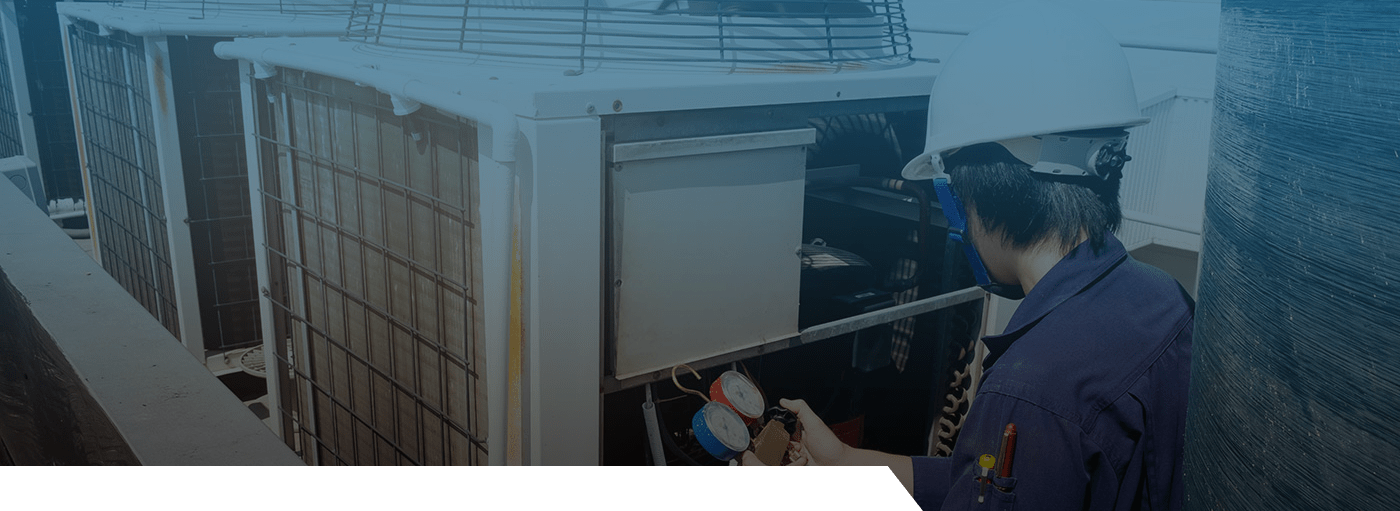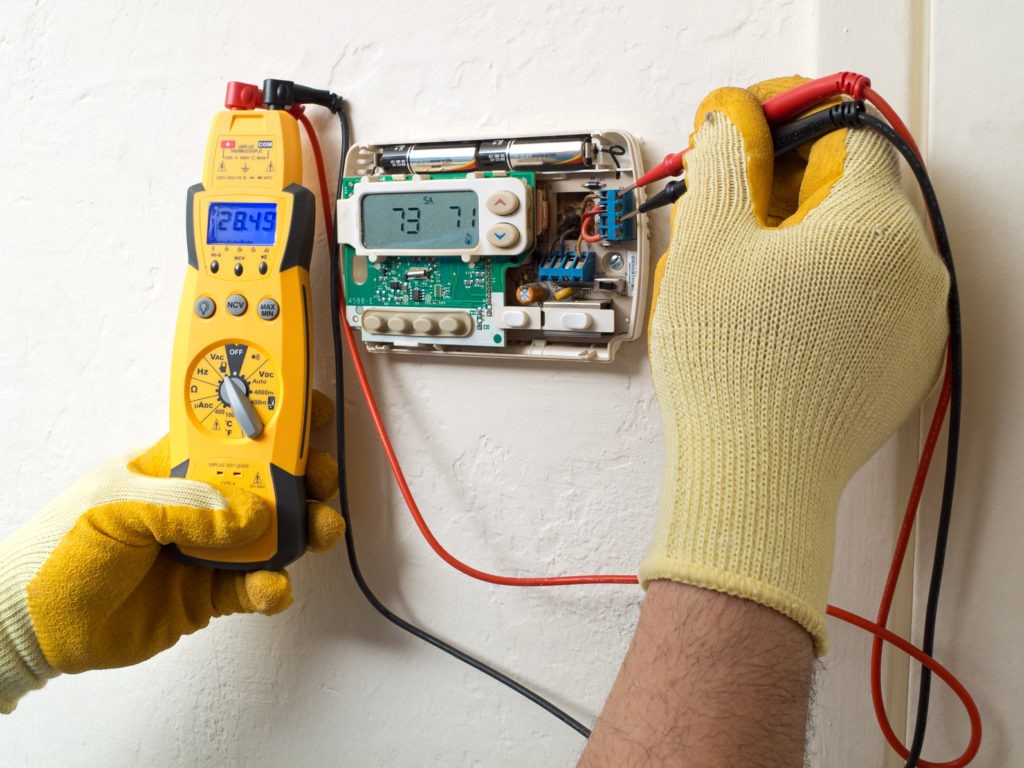A thermostat serves as your primary point of contact with your heating, ventilation, and air conditioning (HVAC) system. When your thermostat is accurate, you can make fine adjustments to keep your home comfortable while keeping your utility bills low. Thermostats, like all other components of your home HVAC system, require periodic repairs and maintenance to function properly over time. Here’s what you need to know about thermostat calibration.
The Basics of Thermostat
In today’s homes, there are three types of thermostats: manual thermostats, programmable thermostats, and smart thermostats. Simple thermostats may only require occasional cleaning to function properly. Battery changes, software updates, and other service considerations are required for more advanced digital units. The first step in ensuring thermostat accuracy is to consult your owner’s manual to see what the manufacturer recommends periodic maintenance.
Your thermostat may lose calibration for a variety of reasons, including power outages and dirt buildup, as well as an unintentional bump. An incorrectly calibrated thermostat has an impact on the functionality of your HVAC system as well as your quality of life. Consider checking your device if you notice any of the following symptoms:
- Some heating systems, such as boilers, heat each room separately, so temperature fluctuations are natural. Variable temperatures in unzoned homes, on the other hand, may indicate a calibration problem. There may also be erratic cooling cycles.
- Calibration issues in thermostats cause them to compensate for incorrect readings, resulting in excessively cool or warm temperatures and more adjustments. Even minor changes can increase your energy bill by up to 10%.
- The temperature of your bedroom can have an effect on your sleep. If you frequently wake up due to hot and stuffy conditions, it’s time to check your thermostat.
How to Check Thermostat’s Calibration?
Calibration of your thermostat is simple and should be done once a year, usually in the fall. Find your thermostat and tape an accurate thermometer to the wall next to it. Wait 15 minutes before checking the temperatures on both devices. You should be fine if your readings are three degrees or less apart.
However, if the variance exceeds this limit, your thermostat may need to be serviced. To maintain accuracy, the mechanical contacts of a thermostat must be cleaned on a regular basis. You can perform the following simple maintenance task at home:
- Remove the thermostat cover with care.
- Remove any dust or dirt you find using a soft cloth or Q-tip.
- If you notice any surface corrosion, use an electrical contact cleaner (available at your local hardware store).
Adjusting a Thermostat
If cleaning your thermostat does not solve the problem, the following adjustments may be made:
· The heat anticipator should be adjusted if your furnace cycles on and off too frequently. Look for a small lever with a “longer” arrow beneath a scale. Moving the level in that direction will lengthen the cycling time of your HVAC system. However, remember that longer cycle times will be less effective at maintaining the desired temperature in your home.
- Certain thermostats contain a small vial of mercury that must be leveled in order to maintain proper temperature control. A standard carpenter’s level can be used to confirm this orientation. If the measurement is off, adjust the thermostat’s placement until it is straight.
- A small screw located on a coil inside the unit can be used to adjust the accuracy of screw-type thermostats. Calibration techniques vary between products, so consult your manual before proceeding.
Benefits of Hiring Bob Climate HVAC Technician
Hiring an HVAC professional has several advantages. When you work with a reputable company like Bob Climate Control, you can:
· You want to resolve temperature issues as soon as possible, and a DIY calibration may necessitate trial and error. With the help of an HVAC professional, you’ll be able to enjoy comfortable temperatures as soon as possible. Our experts have the knowledge and tools to diagnose and repair problems correctly the first time.
· Smart Touch Energy can calibrate your thermostat and much more. We’ll address non-thermostat issues and make sure your entire HVAC system is in good working order.
· By completing their work precisely, using the proper techniques, and addressing potential problem areas, our HVAC professionals help you avoid future complications.
. Working with us saves you money on future repair and maintenance costs. You’ll also spend less time troubleshooting and more time relaxing in cooler, cozier surroundings.
The Final Takeaway
We can help you whether you need professional results right away or a second opinion on your calibration job. Our A/C tune-up services will improve your system’s performance, quality of life, and savings.


